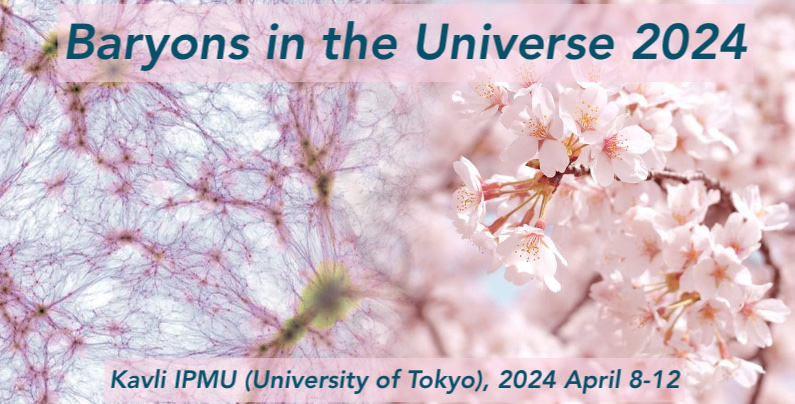Speaker
Description
We have certainly reached a consensus that galaxy evolution depends intricately on the cosmic baryon cycle. Inflows from the IGM meet outflows driven by feedback processes, creating the dynamic, multi-phase CGM. The physics of these gaseous halos, and the baryon cycle as a whole, are the key to understanding galaxy evolution. This is, however, a challenging regime for cosmological hydrodynamical simulations. I will discuss our recent work on three fronts: (i) developing super-Lagrangian refinement techniques to finally resolve the small-scale structure of the CGM. These new simulations have the promise to reveal the physics of the 'cold phase' -- the formation of cool, overdense clouds of gas and their observable signatures; (ii) the impact of feedback on the redistribution of baryons from halo to IGM scales, and the 'closure radius'; (iii) the structure and properties of the hot intracluster medium of galaxy clusters as revealed with the new TNG-Cluster simulation.

